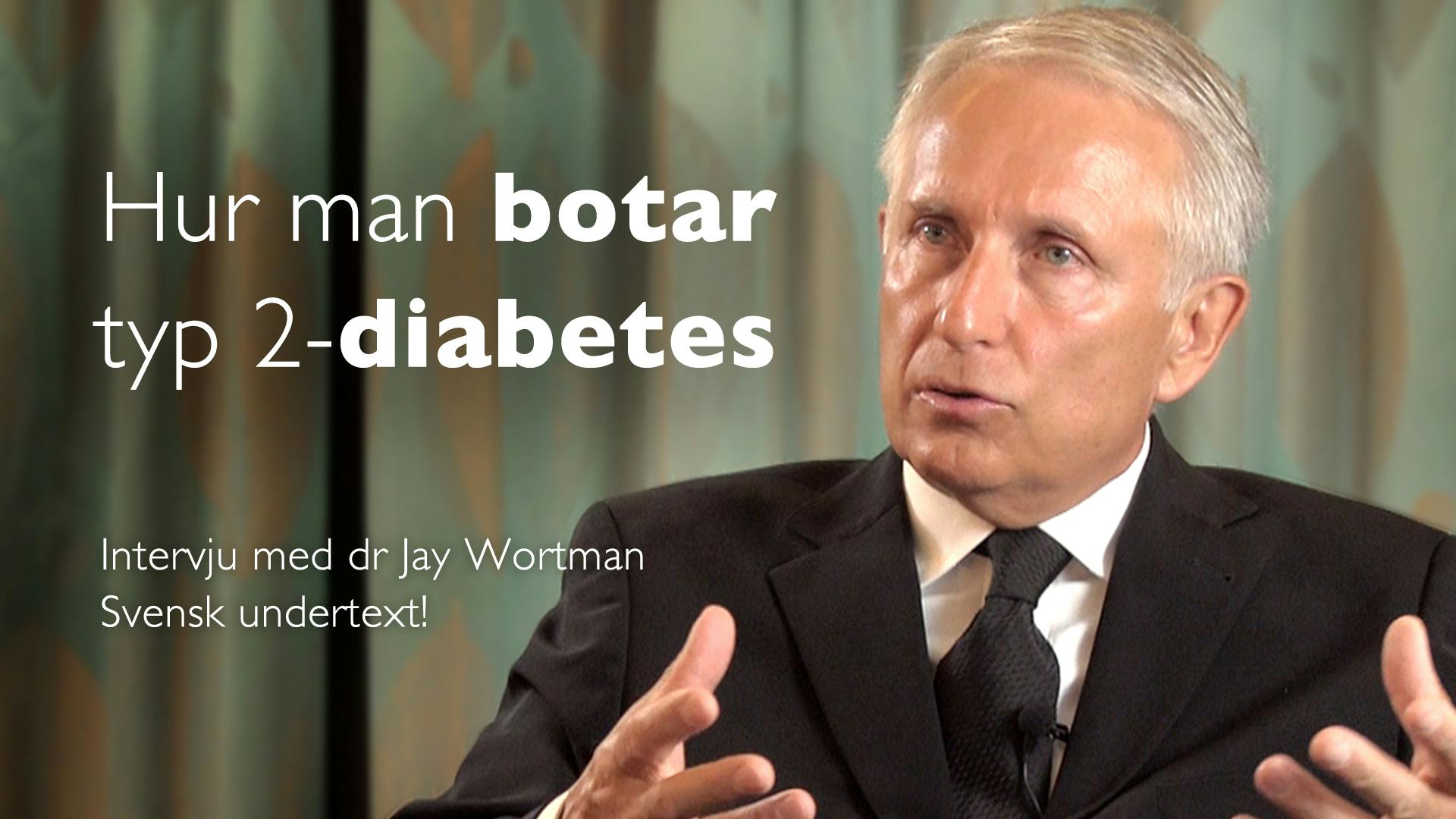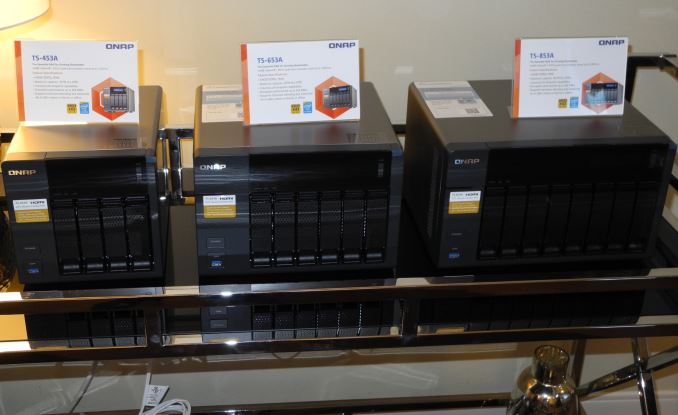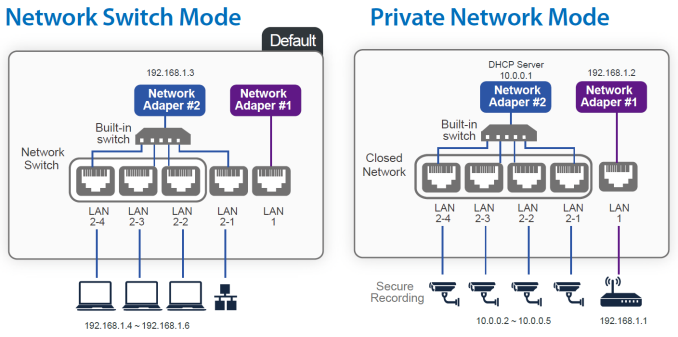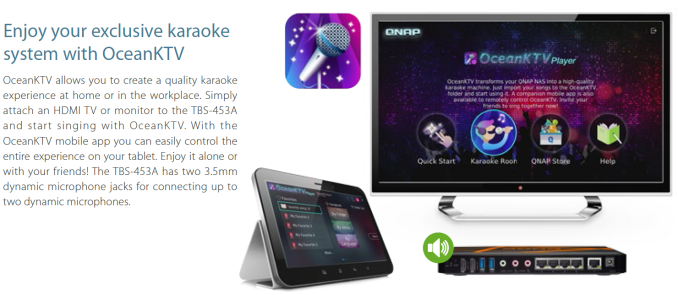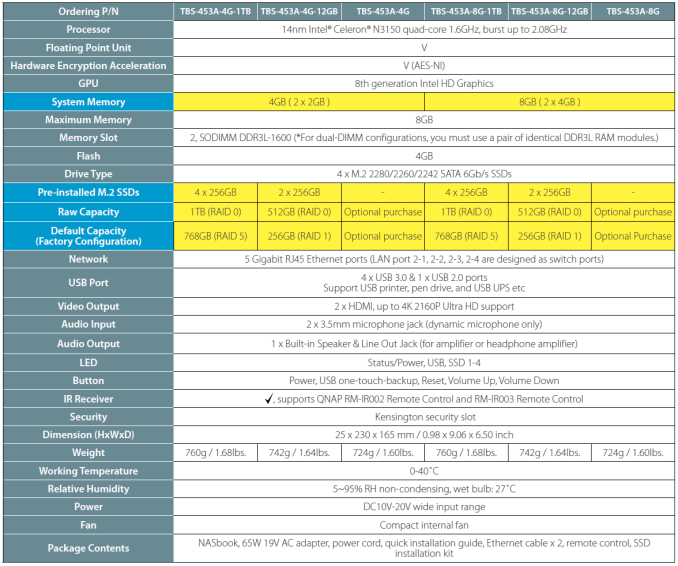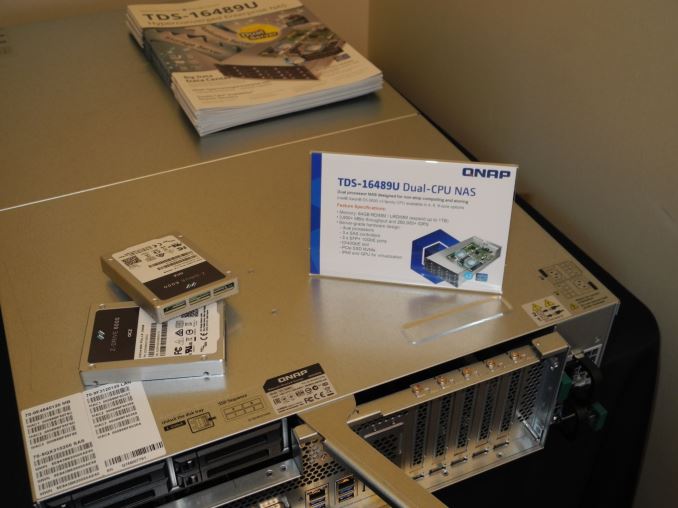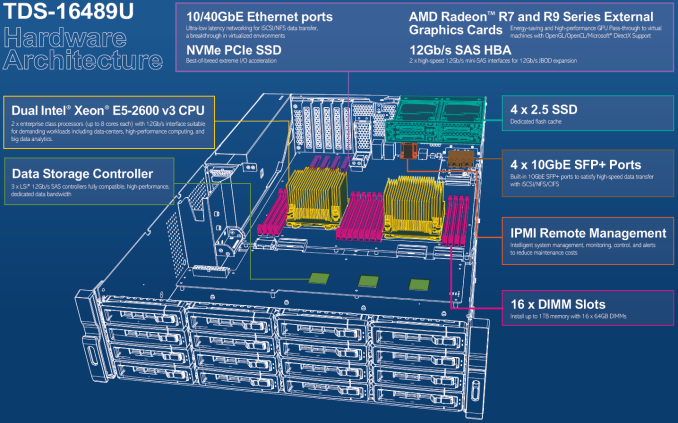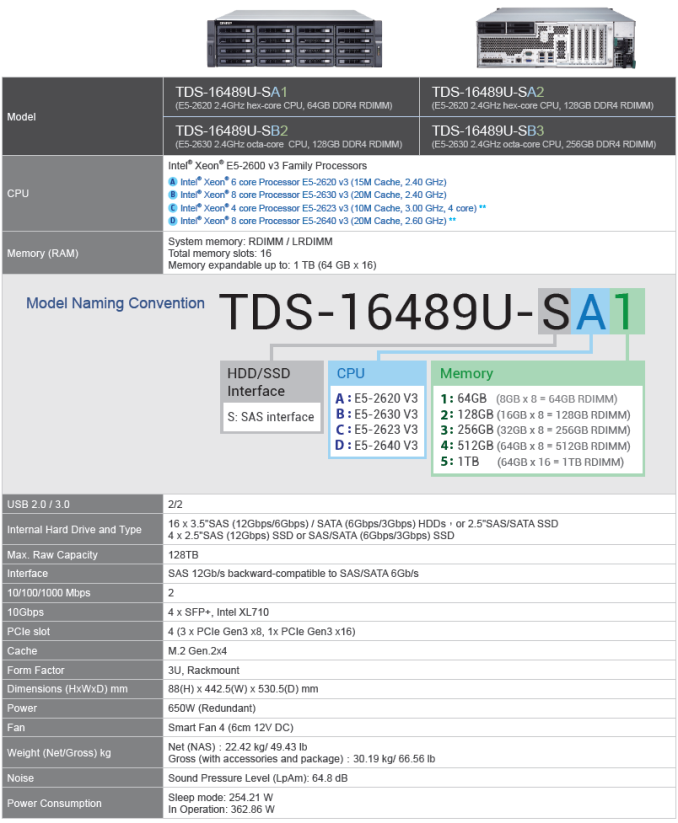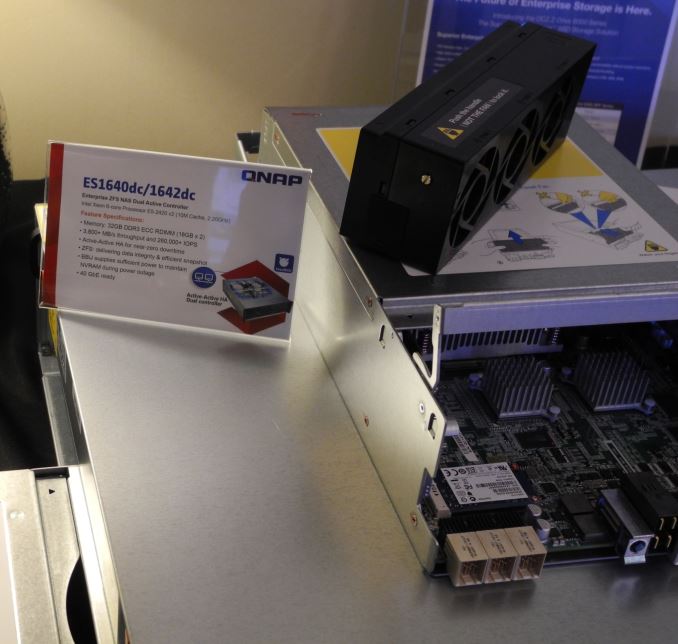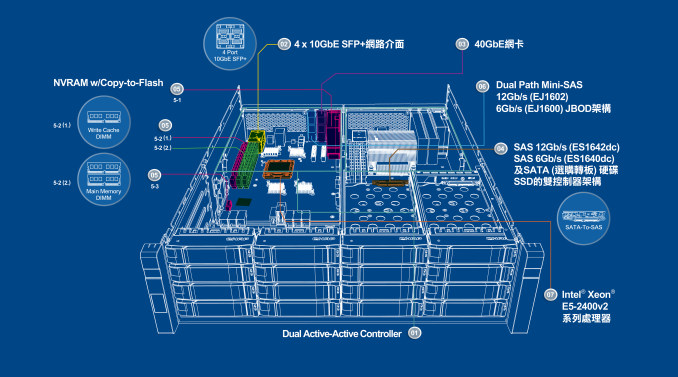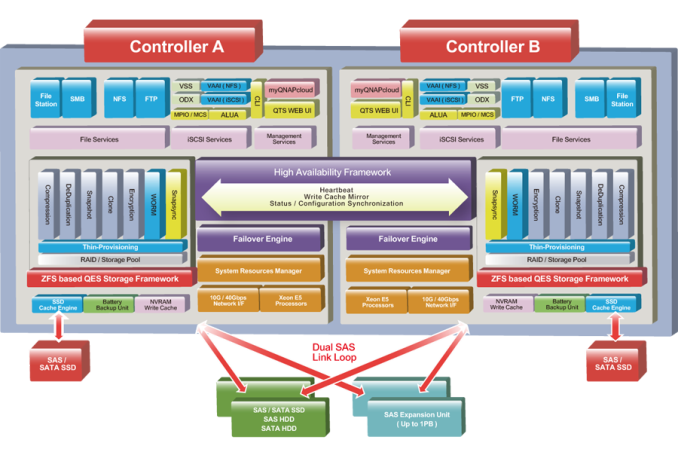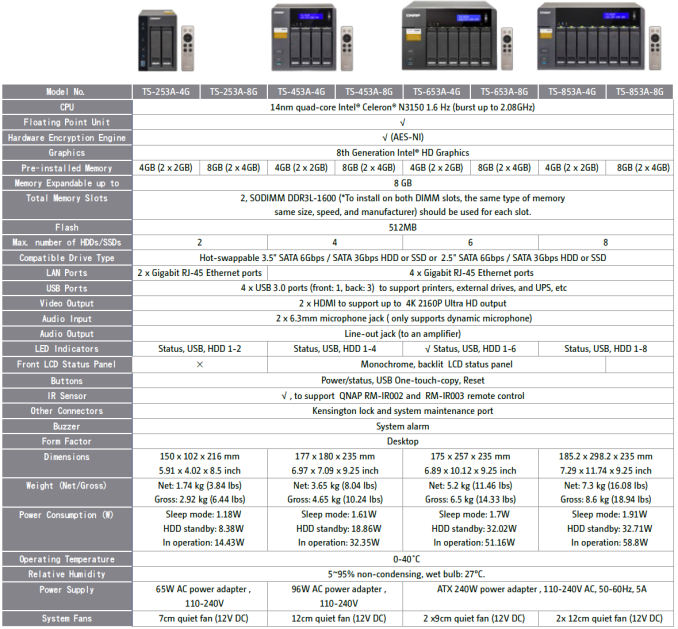Olof.samuelsson
Shared posts
Fasting Update 5
President Trump: The Hangover
 Wow, what an election! I’m tempted to say the FBI gave it to Trump but the results are too strong for that to be the sole reason for his victory. There’s a real movement behind this result and it isn’t in any sense a triumph of Republicanism. In fact I think it may be hard for the Republican Party as we knew it to even survive. Time will tell.
Wow, what an election! I’m tempted to say the FBI gave it to Trump but the results are too strong for that to be the sole reason for his victory. There’s a real movement behind this result and it isn’t in any sense a triumph of Republicanism. In fact I think it may be hard for the Republican Party as we knew it to even survive. Time will tell.
Until such time, the world will go a little crazy. Stocks will slide, women will swoon, babies and men will cry. But eventually we’ll pick ourselves up and get back to work.
Having won the election, one thing of which I am absolutely sure is that Trump won’t be building a Mexican wall. That was just a ploy to get elected. He’ll invite the Mexican President to visit, they’ll eat taco salads and come to an agreement that recognizes the fact that the immigration flow has already reversed itself. Problem solved! The more problems Trump can claim to solve with his pen the better.
He’ll also find that most of the vindictive threats he made not only won’t be followed through — they can’t be followed through. We don’t just “open up” libel laws, even if the President nominally controls both houses of Congress.
When contemplating General Eisenhower winning the Presidential election in 1952, retiring President Harry Truman said, “He’ll sit here, and he’ll say, ‘Do this! Do that!’ And nothing will happen.”
While this doesn’t mean there won’t be twists and turns ahead, I see those as twists and turns of positioning and diplomacy, not business. Everything that made sense yesterday will still make sense after January 20th.
George W. Bush was another President partial to bombast and we survived him. Trump might be a nightmare but maybe the instincts of the electorate are correct and we need someone to do a cannonball in the pool, getting everyone wet. In the long run he’ll get very little done because he doesn’t know how government really operates and his helpers aren’t that helpful. It’s in the short run that he’ll really shake things up, not by doing anything, but through people imagining what he might do. Imagination tends to be worse than reality.
I worked for awhile in the Carter White House. His first foreign trip was to the UK and at some point on that long flight President Carter decided he’d like a drink. But knowing him to be a born-again Christian, the stewards had removed from Air Force One all alcohol. Big mistake. Similarly, people will believe the worst of Trump or hope for the best and both will be inevitably disappointed.
James Gosling on NetBeans and Apache
To a packed room at NetBeans Day 2016, at the start of JavaOne 2016, James Gosling participated in a discussion panel, where he reflected on the history of NetBeans and shared his thoughts on the plans to move to Apache.
Below, watch the final minutes, where he focuses specifically on the NetBeans plans in relation to Apache:
Here's the view on the room from his perspective, in a photo taken by Michael Nacimento (sitting next to James):

Thanks to Victor Duran, who made the video of James's words above.
There was a funny moment earlier in the session, where I had explained the move of NetBeans towards Apache, which I ended by saying: "We are carefully optimistic that everything will work out and our move to Apache will succeed." At that point James threw up his hands in exasperation, turned to me, and said: "Oh, have a little faith! We'll work through the Apache process!" :-)
Hur olika livsmedel påverkar blodsockret – jämfört med teskedar socker
För personer med diabetes är det inte mängden kolhydrater i ett livsmedel som spelar roll, utan hur mycket det påverkar blodsockernivåerna. Så hur dåliga är olika typer av livsmedel jämfört med, exempelvis, några teskedar socker?
Det är någonting som dr David Unwind har fokuserat på att lära ut till sina patienter, med bra resultat, enligt denna nya artikel.
Titta på bilden ovan. En portion potatis har liknande effekt i kroppen som 8 teskedar socker, och ris är ännu värre. Samtidigt var ägg (en absolut nödvändighet i varje LCHF:ares kylskåp) som 0 teskedar.
Så vad hände med dr Unwinds patienter på LCHF-kost? Hans forskning visar att deras kroppsvikt, midjemått och blodsocker minskade samtidigt som de rapporterade att de var mycket nöjda med kosten och att de hade mer energi.
Det är ett mysterium att de största diabetesorganisationerna och stater runt om i världen fortsätter att rekommendera stärkelserika och sockerstinna livsmedel som lämplig kost för patienter som lider av diabetes och fetma.
Artikeln
Mer
Intervju med LCHF-läkaren David Unwind
Populära videor om diabetes
Inlägget Hur olika livsmedel påverkar blodsockret – jämfört med teskedar socker dök först upp på Kostdoktorn.
QNAP at CES: A M.2 SSD NAS, Dual-Xeon ZFS NAS and More
At CES 2016, QNAP showed off what they had been introducing into the APAC market over the last three months. CES was used to make the North American market aware of the new models. While we have the usual 4-, 6- and 8-bay NAS units based on Braswell, three products stood out - a 4-'bay' NAS using M.2 SSDs, a 16-bay dual-CPU 40GbE-capable NAS with 12Gbps SAS support and QNAP's first foray into the high-end enterprise space with a ZFS NAS running a completely different operating system (QES based on FreeBSD). Before talking about the expected Braswell updates, we will take a look at the three unique products from the QNAP stable.
TBS-453A 4-bay M.2 SSD NASbook
The TBS-453A looks more like a mini-PC, rather than a NAS.
The most surprising aspect of the chassis is the presence of five RJ-45 ports. These appear as two physical LAN ports to the OS (since the second set of four is actually connected to the main SoC using a hardware switch chip).
Removing the bottom panel reveals four M.2 slots (capable of supporting M.2 2242, 2260 and 2280 SSDs) and two DDR3L SO-DIMM slots. The 2.08 GHz 4C/4T x86 SoC (Intel Celeron N3150 belonging to the Braswell family) is cooled by a notebook fan (SUNON MF60090V1-C482-S9A). The absence of any 2.5" or 3.5" drives make it quite compact. The combination of ports, speed and relative silence make it suitable for file sharing, presentations and multimedia applications (including karaoke singing concerts) in a portable form factor.
The QTS Network Manager incorporates software-defined virtual switch technology providing configuration flexibility. The presence of five RJ-45 ports on the unit can lead to some interesting applications such as private networks for surveillance cameras.
The TBS-453A also supports Linux using Docker functionality. QNAP has always had the Hybrid Desk (HD Station) app to enable video output over HDMI on selected QNAP NAS models. Linux Station builds upon Hybrid Desk and utilizes containers to provide users with a complete Linux desktop on the NAS. The NASbook along with Linux Station can act as a standard Linux desktop in this way.
Other than these features, the usage of Braswell provides AES-NI capabilities for better performance with encrypted volumes and folders. The integrated Quick Sync engine can also transcode 4K material (both in real-time and offline) Container Station and Virtualization Station enable a number of different applications (including the running of different OSes on the machine as well as sandboxing certain processes for greater security).
Dual HDMI ports allow for multimedia enjoyment using apps such as Kodi. The unit also comes with an IR receiver and remote. Apps such as OceanKTV allows for usage of the NASbook as a karaoke system.
Other than the above unique features, the standard QTS capabilities for data storage, backup and file sharing exist in the NASbook also. The storage capacity of the TBS-453A can be expanded via the UX-500P and UX-800P which provide five and eight 2.5" / 3.5" drive bays respectively. They can connect to the TBS-453A using one of the USB 3.0 ports.
We do not have concrete pricing information yet, but, with the launch towards the end of this quarter, that should soon be clarified.
TDS-16489U Dual-CPU NAS
The TDS-16489U is, in QNAP's own words' a hyperconverged enterprise NAS. The capabilities of the unit are best brought out using the hardware architecture documentation.
The software capabilities enable the unit to act as both a storage server and an application server. QNAP's QTS provides all the storage server functionality. Linux and Windows VMs can enable all the compute heavy stuff. The usage of powerful Xeon CPUs give the unit bonafide data center server credentials.
In a tradtional setup, boxes such as those from QNAP are used as a storage server, with another server running Hyper-V or some VMWare tools for virtualization. Even though QNAP's Virtualization Station can't hold a torch to those dedicated virtualization systems, it comes with no licensing costs and enables tighter integration of the guest OS and the storage server infrastructure in products such as the TDS-1648U.
The hardware specifications of the NAS are reproduced below
Pricing information has not been made available yet.
ES1640dc ZFS NAS and Miscellaneous Products
QNAP also talked about their upcoming ES1640dc, which is a significant departure from their usual products.
Unlike the traditional Turbo NAS models that run the Linux-based QTS, this unit runs QES 1.1, and is based on FreeBSD. The important enterprise-targeting feature is the move from ext4 to ZFS for the file system.
While the move to QES with ZFS brings features such as inline compression, data deduplication, checksumming / bitrot protection and increased shapshot capabilities, we lose support for powerful QNAP apps such as Virtualization Station and Container Station.
On the hardware side, the ES1640dc and ES1642dc both come with dual active controllers in order to provide high availability if one of the controllers were to fail. The units also provide support for usage of a DRAM DIMM as a write cache as long as a dedicated battery backup unit is installed to copy contents to a mSATA SSD when power fails. Additionally, this scheme also reduces wear on the flash memory when the mSATA SSD is used as a write cache. The EJ1600 / EJ1602 expander modules (again, with dual controller support) can be used to increase the storage capacity of the ES1640dc.
Moving on to other SMB-focused products, QNAP also had the TS-x53A on display in their suite. Based on the Intel Celeron N3150 platform, these products make up the Braswell update to the Bay Trail-based TS-x53 series. Like the TBS-453A NASbook, the TS-x53A series come with two HDMI outputs, two microphone inputs
Recent software updates have enabled apps such as the JRiver Media Center for media management and playback. The other unique features such as the ability to run full-fledged Linux using Linux station have already been covered in the NASbook section.
The full specifications of the various models in the TS-x53A lineup are in the extract from the above spec sheet.
On the whole, I would say that QNAP had a quiet CES. There was one major innovative product in the TBS-453A NASbook. The rest of the products show the direction in which QNAP has been heading, but they have all already been talked about in the APAC market. The only disappointing aspect, in my opinion, was that QNAP had no updates to share on the move from ext4 to btrfs for their home consumer and SMB lineup. Considering that Netgear has already been shipping an implementation for more than a year now, and Synology is shipping btrfs in beta form for a couple of months now, this was quite surprising.
Miljörörelsens förlorade legitimitet
Bitcoin quietly goes legit
 The U.S. Marshals Service doesn’t normally make economic policy but this week they apparently did so by auctioning 30,000 Bitcoins, a crypto currency I have written about before. This auction effectively legitimizes Bitcoins as part of the world economy. Am I the only one to notice this?
The U.S. Marshals Service doesn’t normally make economic policy but this week they apparently did so by auctioning 30,000 Bitcoins, a crypto currency I have written about before. This auction effectively legitimizes Bitcoins as part of the world economy. Am I the only one to notice this?
My first column on this subject was a cautionary tale pointing out the two great areas of vulnerability for Bitcoin: 1) the US Government might declare Bitcoins illegal, and; 2) someone might gain control of a majority of Bitcoins in which case their value could be manipulated. While number two is still theoretically possible it becomes less likely every day. And number one seems to have been put to rest by the U.S. Marshals.
The Marshals dispose of property confiscated by federal authorities, giving the proceeds to the Treasury Department and back to the Department of Justice. This auction — worth about $11 million — could not have happened without the permission of both agencies (Treasury and Justice). This is why I can claim that economic policy has been made, because it was authorized by the very agencies normally responsible for such policies.
When drug dealers lose their helicopters, Swiss watches, and Cigarette speed boats, the U.S. Marshals sell them for money. However the Marshals don’t sell confiscated drugs because drugs are illegal and are destroyed. If Bitcoins were illegal they, too, would have been destroyed, not sold. Hence Bitcoins are not illegal.
And why should they be, really? Between derivative securities, futures and options there are already plenty of financial instruments that don’t look much like money to me but are treated as such.
Now, even though nobody has yet announced it, we can add Bitcoins to that list.
And who bought all those Bitcoins? Third generation VC Tim Draper, saying he’ll use the coins as a currency hedge.
In theory this threatens the US dollar‘s role as the reserve currency, but that theory is pretty weak with a finite number of Bitcoins even possible and most users still thinking of it as anonymous dollars.
It’s this anonymous nature of Bitcoins that has me puzzled. My guess is they aren’t anonymous at all and the NSA has thrown its elves into de-cyphering Bitcoin metadata. Otherwise this auction would never have happened.
Where is Edward Snowden when we need him?
Web Design. WordPress. SEO

User interface improvements in the upcoming Eclipse 4.4 Luna release
Olof.samuelssonThis post make me long for Eclipse 4.4!
I recently crossed paths with my good friend Oliver Gierke from Pivotal, the company behind the the Spring framework.
Oliver complains since a while about the Eclipse 4 IDE user interface experience. His complains could be summerized by the following picture.
Now fortunately we met at the german JAX conference and I could tell him about the numerous improvements in the UI which the platform team did. They are displayed in the next picture.
I was happy to hear from Oliver that he really likes these changes and is looking forward to Eclipse 4.
What is this “broadcasting” of which you speak?
My kids do not understand the idea of broadcast TV. The idea that you’d let someone else choose when your favourite shows will be on is utterly alien to them (to the point that when one of them saw it in a department store a few years ago, they gushed to their mom about this amazing new feature. Shows that change by themselves at the top of the hour without you having to pick a new one? What will they think of next?)
Years from now, as I enter my doddering years, I plan to go on at length about how you used to have to wait a week to find out what happened next, and what reruns were, and how you if you missed an episode of something with a long arc, boy, were you screwed. And how we couldn’t rewind or fast-forward. And how we all basically lived like bonobos, flinging feces at each other and picking fleas out of our fur while we watched Barney Miller. (Which is still one of the best effing sitcoms in history, kid — here, let me see if I can find an episode on YouFlix or whatever they’re calling it these days. Maybe the one with Dietrich and the conspiracy guy.)
Aside: If YouTube acquired Hulu, could they please call it YouHooLu?

See more cartoons about social media, business and the way we live and work online at Noise to Signal Cartoon
The New IBM — vampires in our midst
 A memo went out this week to managers in IBM’s U.S. Integrated Technology Services division requiring that future use of additional sub-contract (1099) workers must be approved in advance by a director or vice president. This includes coverage for sick days and vacations, not to mention inevitable customer emergencies. The memo further required that the renewal of any ongoing 1099 contracts include an across-the-board 10 percent reduction in labor rates to IBM. While this may not sound like news, inside ITS it has great meaning since the company has already been cut to the bone. There are, for example, reportedly two remaining IBM experts on HP-UX, HP’s version of Unix. Yet IBM supports customer running HP-UX. What happens when those systems go down? Nothing without first getting an IBM VP out of bed.
A memo went out this week to managers in IBM’s U.S. Integrated Technology Services division requiring that future use of additional sub-contract (1099) workers must be approved in advance by a director or vice president. This includes coverage for sick days and vacations, not to mention inevitable customer emergencies. The memo further required that the renewal of any ongoing 1099 contracts include an across-the-board 10 percent reduction in labor rates to IBM. While this may not sound like news, inside ITS it has great meaning since the company has already been cut to the bone. There are, for example, reportedly two remaining IBM experts on HP-UX, HP’s version of Unix. Yet IBM supports customer running HP-UX. What happens when those systems go down? Nothing without first getting an IBM VP out of bed.
But wait, there’s more! Last week IBM reported earnings. Sales were down but profits were up and the stock rose as a result, but why? Quarter after quarter with the exception of one over the last two years, IBM’s sales go down yet profits go up taking the stock with it. This can’t go on forever. Efficiency is a wonderful thing, but continually dropping sales is a deadly trend. Yet still the stock goes up. That’s what former Federal Reserve chairman Alan Greenspan back in the 1990s called “irrational exuberance.” I say it is Wall Street happily accepting the idea that IBM is eating itself and has decided to eventually die.
Funny, we didn’t used to reward decisions like that.
Expressions like “conventional wisdom,” the “wisdom of crowds” and even “the market has already factored that news into the price” refer to our ability as a society to accept and even embrace bad news without necessarily even knowing it is bad. IBM’s sales being down quarter after quarter is bad news no matter what happens with profits.
The real story of what’s going on here is easy to understand if you just read the comments from any of my recent IBM columns. IBM is cutting costs to maintain profits in declining markets at the expense of customer service. Throw-in regular repurchases of shares and IBM management can keep playing this game of earnings-per-share for another decade against a dwindling pot of shares. Wall Street has to know this, but the important news here is that Wall Street doesn’t care.
This news — in this case the news behind the news — is already factored into Wall Street’s expectations. Alas, it isn’t factored into the expectations of IBM’s own employees, however, who have been deliberately kept in the dark by management.
A good friend of mine keeps telling me about a seminal moment in the history of his company when they decided to make a strategic move into a new industry, deliberately sacrificing much of the old company to make that happen. The new business required capital — capital that could only come from milking horribly the old business. And so that’s what they did, but only after months of meetings to explain the plan and help employees working in parts of the business that were due to be sacrificed to understand why things were happening the way they were. Those sacrificed were also reassured that they’d do well with new owners as various business units were profitably divested. Management cared enough to make that happen.
IBM is doing the same thing — in this case I think sacrificing its hardware business for software and software services — but IBM isn’t asking for buy-in from anyone: the rank and file aren’t being told what’s happening or why.
IBM management either can’t be bothered to explain the truth to its employees or maybe they feel the overall company would be hurt by a dose of corporate honesty. But honesty is the best corporate policy, so I can only conclude IBM simply doesn’t give a damn about its people.
If there’s a secret to what’s happening here, a key bit of information that helps make sense of it all, it’s this: It used to be that almost nobody got rich working at IBM, but that has recently changed — for some. IBM salaries were always good and perks were great, but unless your name was Watson you didn’t retire from IBM big rich. But that was then. Sam Palmisano, who pretty much created this current debacle as IBM CEO, retired with a reported $160 million. You can bet current IBM CEO Ginni Rometty aims to do the same or better.
Vampires have taken control of IBM and Wall Street not only doesn’t care, it is rewarding such behavior by bidding-up the stock. What’s happened here is the rise of trading at the expense of investing. Traders care about the price, not the company. They may not even know what the company does, simply because management decisions and policies won’t likely have any direct effect over the seconds, minutes, or hours these traders are holding the stock.
In one sense it would be stupid for IBM management not to recognize this and behave exactly as they are doing. They’ve been dealt a crappy hand by cascading bad decisions from executives now long gone. I get that. What I don’t get is IBM management’s determination to lie to employees or at least keep them in the dark about the Big Picture.
These are no longer employees, just food.

The post The New IBM — vampires in our midst appeared first on I, Cringely.
Weekly update: June 24-30

Good news everyone. It looks like we can finally show some result of what we have been doing for the last couple of months, namely our mobile API. We have been running it on our test server for a week, gathered some initial feedback from several awesome mobile developers, and we think it’s now ready to be tested by the general public.
What does it mean to you? It means that there is now technical possibility to use The Old Reader with your favorite RSS app.
You can already try The Old Reader in Feeddler – free version already supports it, and the Pro version should get updated any time soon. Kudos to Che-Bin Liu for being extremely helpful in testing the API and getting Feeddler integrated so fast.
The documentation for the API is available in a separate github repo. It’s not the best piece of docs we’ve ever seen, but it seems to cover the basic use cases. You are welcome to improve it, just send us a pull request with your adjustments. Please note that even though you can use API both via http and https, we highly encourage you to use https for security reasons.
If you find any bugs or feel that something is not working as expected, please feel free to create a github issue or contact us at api@theoldreader.com.
And last, but not least, spread the word. Let the developer of your favorite RSS app know about The Old Reader API, and ask them to get integrated. We would really like to see more and more apps working with the site bringing native mobile experience to the users of all platforms.
(poster generated by The Keep Calm-O-Matic)
Change of Schedule
Olof.samuelssonI'll do this.

More productivity.





